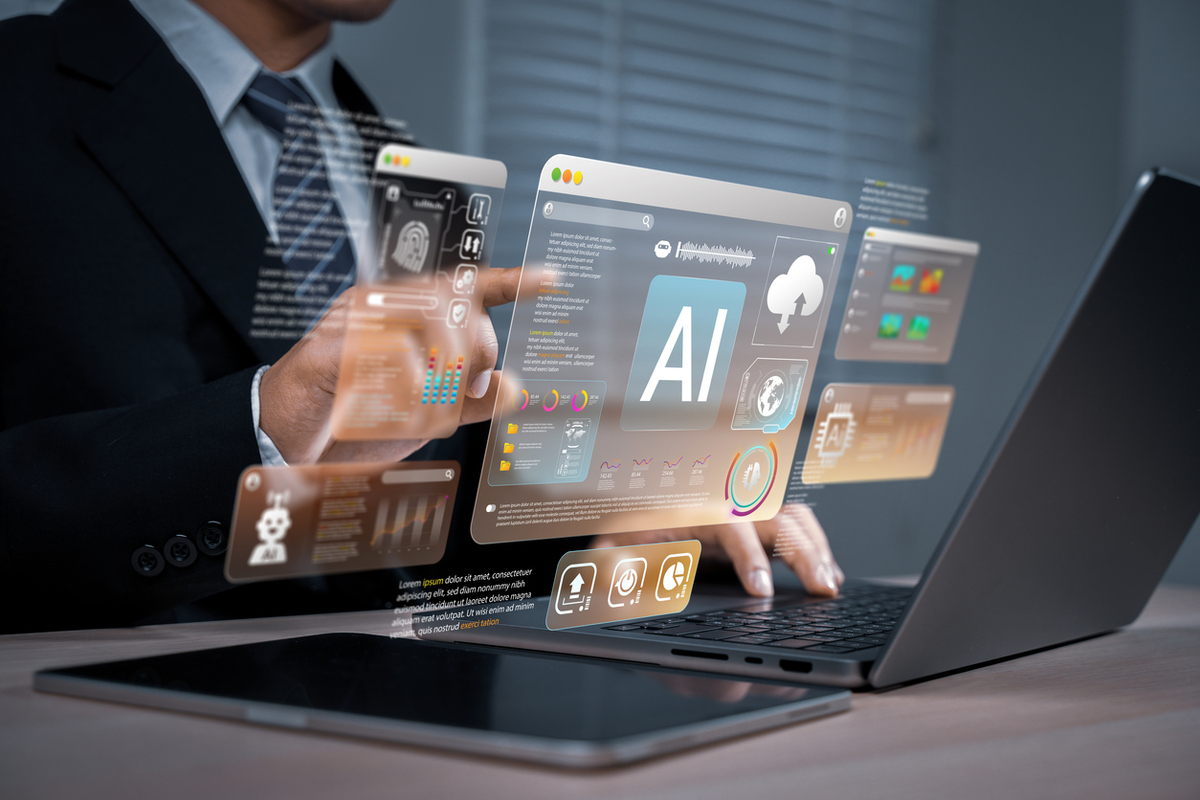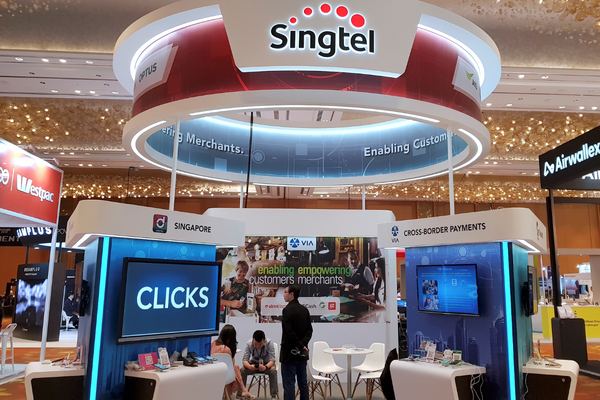AI and humans: stronger together

Jonathan Sharp at Britannic argues that organisations need to change their perception of AI from taking people’s jobs to augmenting and facilitating their roles
AI has received bad press over the last few months scaring the public that it will potentially eliminate the human race and Goldman Sachs predicting a global loss of 300 million jobs through automation. Therefore, it’s no surprise that the mere mention of AI sends shivers down peoples’ spines and many employees are fearful of it coming into the workplace.
We don’t need to be scared after all we are using AI already in our everyday lives when you wake up in the morning and check the news that has been tailored for you, ordering your groceries with suggested offers, watching TV with its recommendations, the list goes on.
Has all of this made your life worse? No of course not. It has simplified and improved it for the better. AI in the workplace will facilitate and augment roles and enhance skills. It will not replace employees but instead improve efficiencies and productivity, making employees lives easier and more fulfilled.
The challenge for businesses is to make employees aware of this and change the perception that AI will replace employees to seeing AI as a virtual assistant who works for them where they collaborate and learn from each other.
A force to be reckoned with
Team humans and AI together and you have a force to be reckoned with, one where decisions can be made faster with increased collaborative intelligence.
AI can analyse and interpret masses of data at a speed and scalability that is not possible for humans and humans then take this data and use it to make better informed intelligent decisions using their experience, instinct, intuition all within the relevant context whether that’s ethical, societal or with number of different internal and external factors.
Humans take a considered approach and this where we are different to machines: we utilise our skills and our experience to make judgements and decisions and express opinions. We see the bigger picture when we interpret and contextualise the results that AI generates. Together ‘team human and AI’ are unstoppable!
AI will take over the daily mundane tasks and relief employees of them freeing up their time to focus on higher value tasks such as critical thinking, strategic planning and problem-solving. Companies need to invest in training in these areas. These skills are the future of the workplace.
As with any digital transformation, the decision to implement AI into the workplace shouldn’t be rushed. Companies should work with a trusted technology solution provider to understand what they want to improve with AI and how they can achieve it.
A critical step is to involve your employees from the start making them integral to your AI project.
Empower employees
By involving your employees from the start, you are empowering them with the autonomy to help design the AI system for their role. After all, they are the ones doing the job so to some extent they know best. Meanwhile, you are demonstrating that they matter and are vital to your business, and that you have no intention of replacing them but merely want to improve productivity, efficiencies and enhance their skills.
Work with employees to understand key questions: how they think AI would be able to improve and facilitate their roles; what challenges are they experiencing, and where do they think AI could help them; what areas of jobs would they like to hand over to AI; and what areas would they like to spend more time on, developing their skills.
Study existing processes in-depth and understand what works and what doesn’t, and if it doesn’t then how do you improve it to make it work. Your solutions provider can guide you through this as it is a daunting task to face alone. By re-engineering your processes you will be able to design an AI solution for you - whether that’s a chatbot, data entry and processing, email filtering, data analysis or admin tasks such as organising calendars, writing reports or managing logistics.
Companies will then have to re-define roles and operating systems and involve employees to see they are happy with their decisions. All of this will lead to increased productivity and efficiency levels and improve customer service.
Learning on the job
Companies must ensure that the AI solution is ethical and contains no biases and if issues arise, they must be amended immediately so you have agency and transparency.
Employees will need to be trained on how to use the new AI system and this is constant and evolving process where the human and AI will learn from each other. Mistakes will be identified, improvements along the way will be made and new discoveries will be revealed that could result in new products or services being offered or enhanced.
AI provides us with a platform and the information that we can use to innovate and get creative on our decision-making. Regular reviews should be implemented with managers and the solution provider to garner feedback and make amends.
Open and dynamic culture
People are fearful of change and the explosion of AI in the media has scared people because of the big changes on the horizon but as mentioned earlier we are already using it so the changes will happen incrementally and won’t be sudden.
Companies need to foster a culture that is transparent, honest, provides the space for employees to make and learn from their mistakes and suggest new ideas and concepts. The great revelation about AI taking over mundane tasks is that it frees up employees to focus on other tasks and to think. Thinking time is a luxury in today’s world that sometimes goes amiss so encourage your employees to down tools and stop and think; cultivate a culture that presents them with the opportunity to think and suggest new ideas and improvements.
Critical thinking is also improved by the discoveries that AI will identify such as gaps in the market or an offering that you haven’t seen previously, or areas that can be improved or stopped to offer something else.
For you and not against you
By involving your employees from the start in the AI design you empower them and demonstrate that AI is for them and not against them, and they have the power not AI. Working together and enhancing the quality, efficiency, and effectiveness of the decision-making process. You can learn how to create an AI solution that works for you, one that you can nurture, and that will be an extension of your team.
No longer will AI be seen as threat but as a productive and effective team member. The only difference is that the AI may not be able to join you on a night out
Jonathan Sharp is CEO at Britannic
Main image courtesy of iStockPhoto.com

Business Reporter Team
Related Articles
Most Viewed
Winston House, 3rd Floor, Units 306-309, 2-4 Dollis Park, London, N3 1HF
23-29 Hendon Lane, London, N3 1RT
020 8349 4363
© 2025, Lyonsdown Limited. Business Reporter® is a registered trademark of Lyonsdown Ltd. VAT registration number: 830519543





